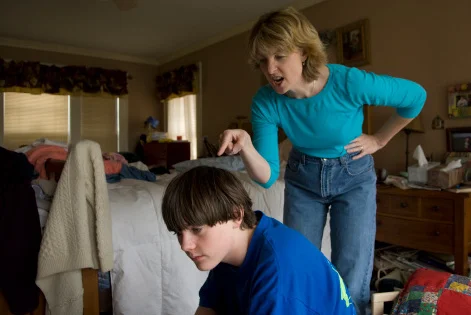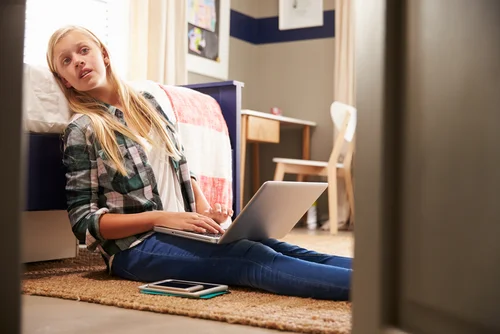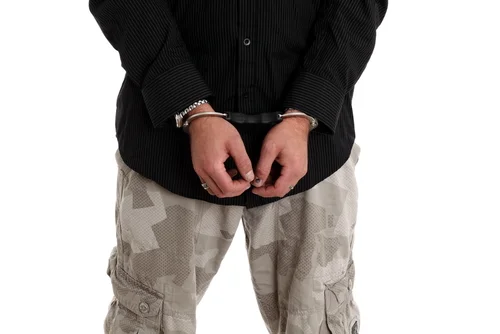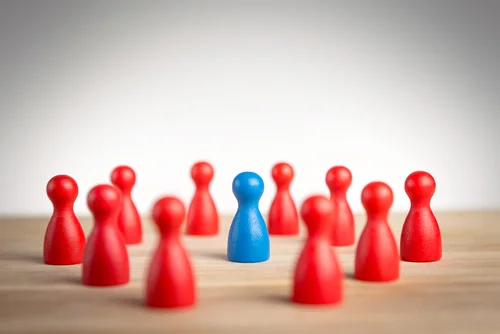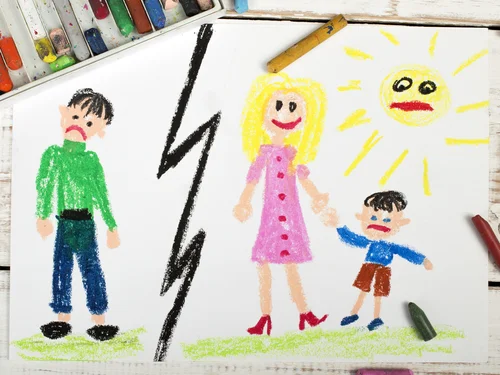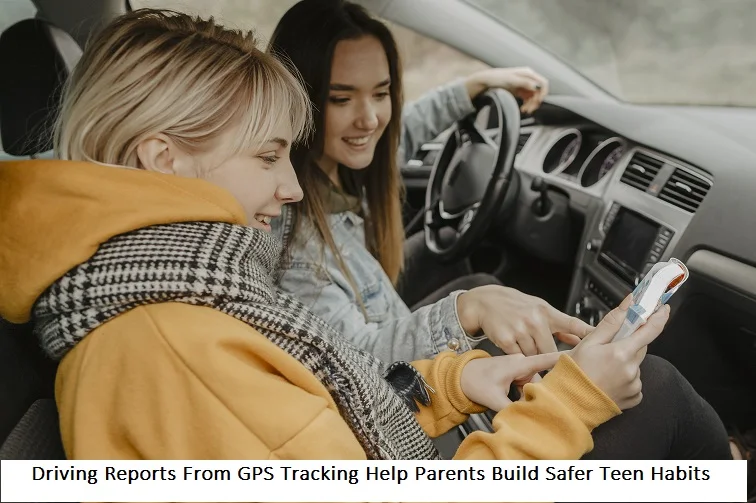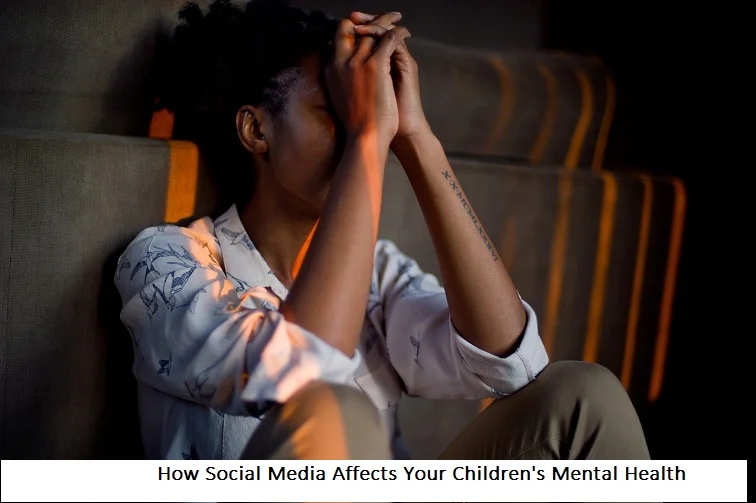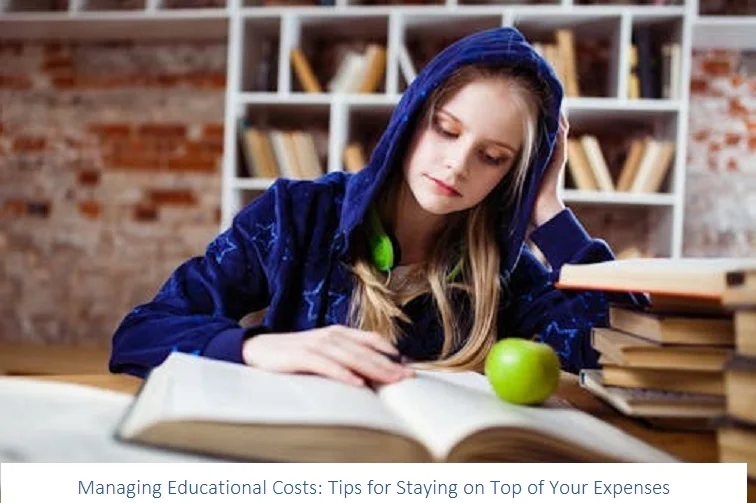+1 845 259 2974 (11 a.m to 7 p.m CST)
What Should Parents Know About Editing Teen Photos Online Safely?
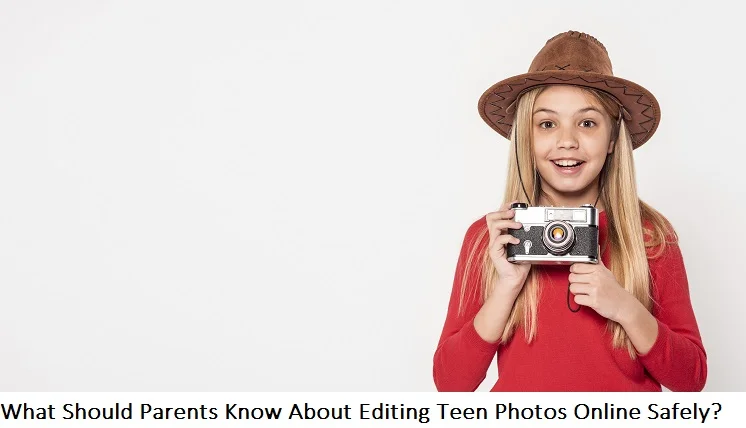
Let’s be honest - teenagers have always cared about how they look. Whether it was perfecting the side-swoop bangs of 2008 or spending 30 minutes choosing the right filter, the pursuit of “just right” is nothing new.
But in the digital age, selfies are currency, and photo editing? That’s the new teenage superpower.
As parents, it's natural to want to understand (and maybe keep up with) this fast-paced, filter-filled world. So, let’s take a tour of what modern photo-editing looks like, its associated risks, and, perhaps most importantly, how to guide your teen in using these tools safely and responsibly.
The New Age of Photo Editing: Not Just Red-Eye Correction Anymore
Photo editing has come a long way since the days of clunky desktop programs and painstaking pixel-by-pixel corrections. Now, even middle schoolers are proficient in apps that can:
- Whiten teeth
- Clear skin blemishes
- Adjust lighting, angles, and shadows
- Swap backgrounds
The most popular photo-editing tools among teens include:
- Snapchatand Instagram: Built-in filters and effects galore.
- Facetune: A favorite for “perfecting” selfies
- Canva: With its powerful (yet beginner-friendly) editing features
- PicsArt: For those extra creative edits like collages or digital art overlays
These platforms are easy to use, often free, and, depending on your teen’s digital savvy, can produce results that rival professional photography. That’s both impressive and, let’s be honest, slightly terrifying.
Risks in the Digital Mirror: More Than Just a Bad Filter
While a little image tweaking might seem harmless (who doesn’t want their forehead less shiny?), there are genuine concerns when teens start spending more time editing than living. Let’s talk about some of the key issues.
Body Image and Self-Esteem
Constant exposure to “perfected” images, especially their own, can skew a teen’s sense of reality. Editing out every flaw may lead them to believe those flaws shouldn’t exist at all. That's a slippery slope toward negative body image and poor self-esteem.
Oversharing
In pursuit of likes and shares, teens might post more than they should, such as personal info, revealing images, or even location data embedded in photos.
Cyberbullying
Unfortunately, manipulated images can be used for teasing or bullying. And sometimes, edited photos themselves become targets if they’re deemed “fake.”
Unrealistic Expectations
Filters can give anyone skin like porcelain and abs like a Greek god. But when every photo is edited to perfection, it’s easy to forget what’s real, both for your teen and their peers.
Guidance Without Guilt Trips: How to Help Your Teen Edit Safely
Before you throw your teen’s phone in the nearest body of water, take a deep breath. Photo editing isn’t inherently bad - it can be creative, empowering, and even fun. The key is to provide guidance that doesn’t feel like a lecture.
Here’s how to help your teen navigate photo editing safely and sensibly.
Open the Conversation
Start by showing interest. Ask questions like:
- “What apps do you like to use?”
- “Do you enjoy editing your photos?”
- “What do you think makes a picture look good?”
Approach it with curiosity, not judgment. Remember, you’re trying to join the conversation, not shut it down.
Promote Secure Editing Platforms
Some editing apps have built-in safety and privacy features that make them a better choice for younger users. This is a good time to mention secure platforms that offer robust moderation tools, especially if your teen is sharing their creations.
For instance, Canva offers an excellent image enhancement tool that lets users brighten, sharpen, and clarify their photos without going overboard. It’s user-friendly, safe, and doesn’t push extreme beauty standards, which makes it a great choice for teens (and their watchful parents).
Set Boundaries, Not Barriers
You don’t have to be a tech expert to set healthy limits. Talk to your teen about:
- What kinds of photos are appropriate to post
- How often is too often for sharing selfies
- What private information shouldn’t be visible in photos (e.g., home address in the background)
Share Resources
If you feel out of your depth, that’s totally normal. Look for guides to help you understand the tools your teen is using. Many platforms also offer parent resources, FAQ sections, and tutorials to demystify the editing process.
Encourage Creativity
Not all photo editing is about looks. Some teens use these tools to express themselves through art, humor, or storytelling. Support those creative outlets. Whether it’s adding a dinosaur to their science fair selfie or designing a fantasy world background, there’s value in encouraging imaginative play.
Keep It Real(ish): Teaching Digital Literacy
Photo editing is part of today’s visual language. But just like learning to write well, teens need help understanding how to use these tools responsibly and ethically.
Here’s how to instill digital literacy without sounding like the tech police:
- Talk About Authenticity:Discuss how editing can enhance a photo, but doesn’t define its worth.
- Point Out Marketing Tactics:Explain how brands often use filters and edits to sell an image, not reality.
- Discuss Mental Health: Let them know it’s okay not to look perfect and that neither does anyone else.
Remind your teen that the goal isn’t to never edit, but to understand why they’re editing. Are they enhancing a memory or hiding a flaw? Are they expressing themselves or trying to look like someone else?
Final Thoughts: From Pixelated Panic to Parental Poise
Let’s face it: parenting in the digital age can feel like trying to learn a new language, with no dictionary and a sarcastic 15-year-old as your translator.
But you don’t need to master every editing app or decipher every slang word to make a difference. With open communication, the right tools, and a healthy dose of curiosity, you can help your teen enjoy the creative side of photo editing without losing touch with reality.
So the next time your teen emerges from their room with a photo that looks like it was taken on Mars, take a moment before reacting. Ask them about it. Talk about what went into the edit. Maybe even try your hand at it.
Who knows, you might just discover your inner filter artist. Or at least figure out how to remove red-eye without turning the whole family blue.

